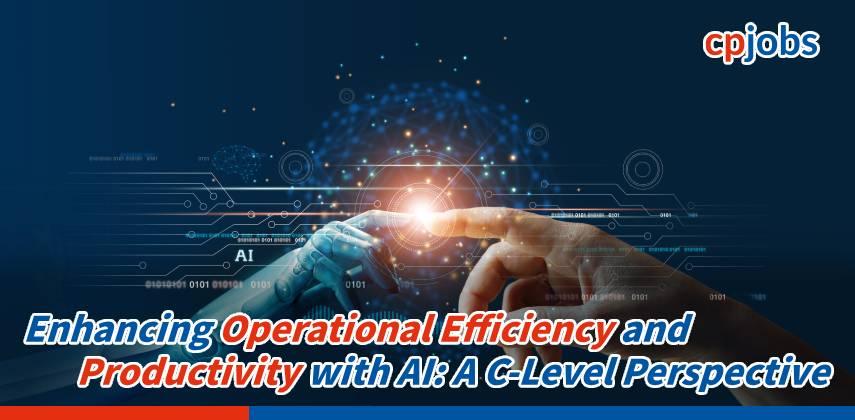For C-level executives, the promise of Artificial Intelligence often crystallizes around one core objective: to do more with less, faster and better. AI is not just about cutting-edge technology; it’s a powerful catalyst for significantly enhancing operational efficiency and boosting enterprise-wide productivity. By intelligently leveraging AI, organizations can unlock new levels of performance, optimize resource allocation, and gain a substantial competitive edge.
Intelligent Automation: Redefining Workflows
At its heart, AI’s contribution to operational efficiency begins with intelligent automation. This goes beyond simple robotic process automation (RPA) to encompass cognitive automation that can understand, learn, and adapt.
• Automating Repetitive Tasks: AI excels at performing high-volume, repetitive, and rule-based tasks across various departments—from finance and HR to IT and customer service. This includes automated data entry, invoice processing, basic customer inquiries via chatbots, and routine IT support. By offloading these mundane activities to AI, human capital is freed up.
• Freeing Up Human Capital: The true value lies in redirecting human talent towards more strategic, creative, and empathetic tasks that require uniquely human skills. Employees can focus on complex problem-solving, innovation, relationship building, and strategic decision-making, leading to increased job satisfaction and higher overall output.
• Reducing Errors and Improving Quality: Automated processes driven by AI significantly reduce human error, leading to higher data accuracy, fewer compliance issues, and improved quality of outputs across the organization.
Predictive Capabilities: Proactive Operations
Beyond simply automating existing processes, AI empowers organizations to shift from reactive to proactive operations through its formidable predictive capabilities.
• Forecasting Demand: AI-powered analytics can analyze vast historical and real-time data sets to predict customer demand with remarkable accuracy. This allows for optimized inventory management, efficient production scheduling, and reduced waste, directly impacting the bottom line.
• Predicting Equipment Failures: In manufacturing, logistics, and infrastructure, AI can monitor equipment performance, analyze sensor data, and predict potential failures before they occur. This enables proactive maintenance, minimizes downtime, and extends the lifespan of critical assets.
• Identifying Potential Anomalies: AI systems can continuously monitor large streams of data to detect unusual patterns or anomalies that might indicate fraud, cybersecurity threats, or operational inefficiencies, allowing for immediate intervention. This foresight significantly reduces risks and protects organizational resources.
Streamlined Workflows: Seamless Integration
The maximum benefit of AI in enhancing efficiency comes from its ability to integrate across disparate systems and create truly streamlined, end-to-end workflows.
• Breaking Down Silos: AI acts as a connective tissue, pulling data and insights from various departmental silos (e.g., sales, marketing, operations, finance) to provide a holistic view of the business. This interconnectedness enables more synchronized and efficient operations.
• Enhanced Interdepartmental Collaboration: By automating information flow and providing shared insights, AI facilitates smoother collaboration between different teams and departments. This reduces bottlenecks, accelerates project completion, and improves overall organizational agility.
• Optimized Resource Allocation: With clearer insights into operational bottlenecks and opportunities, executives can make data-driven decisions on where to allocate resources (human, financial, technological) for maximum impact and efficiency gains.
Conclusion
For C-level leaders, embracing AI to enhance operational efficiency and productivity is not merely a technological upgrade; it is a strategic imperative that directly impacts profitability, resilience, and competitive standing. By focusing on intelligent automation, leveraging predictive capabilities, and streamlining workflows, organizations can transform their operations, empower their workforce, and achieve sustained high performance in the AI-driven economy.





